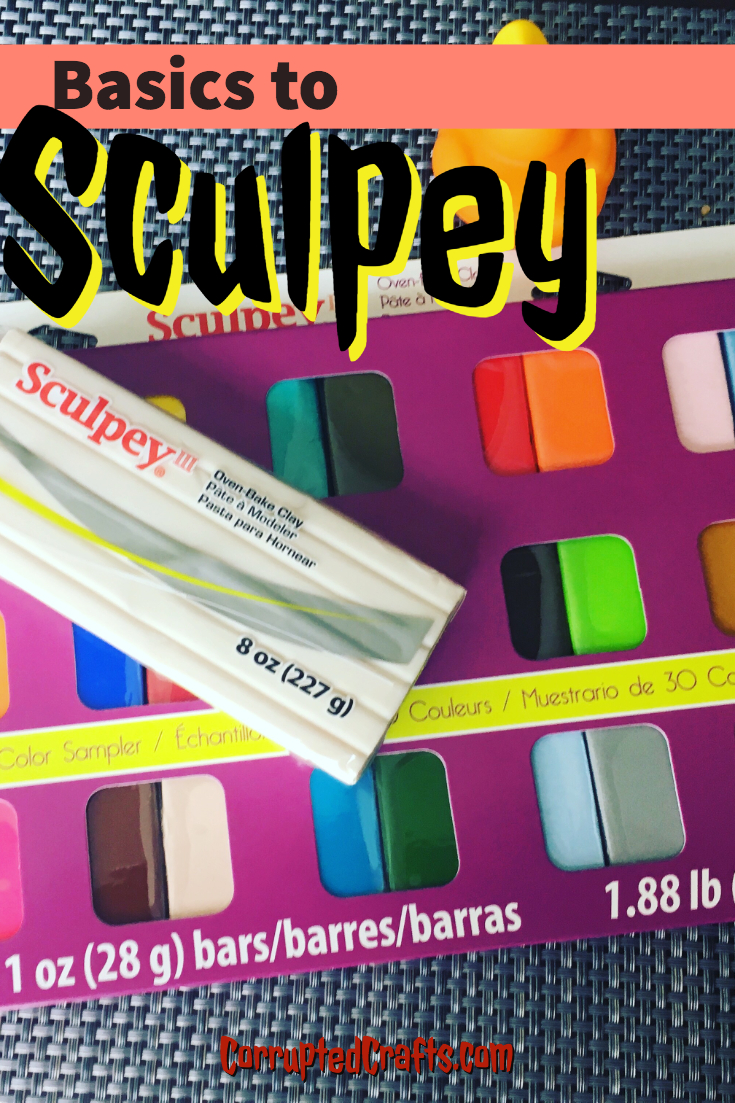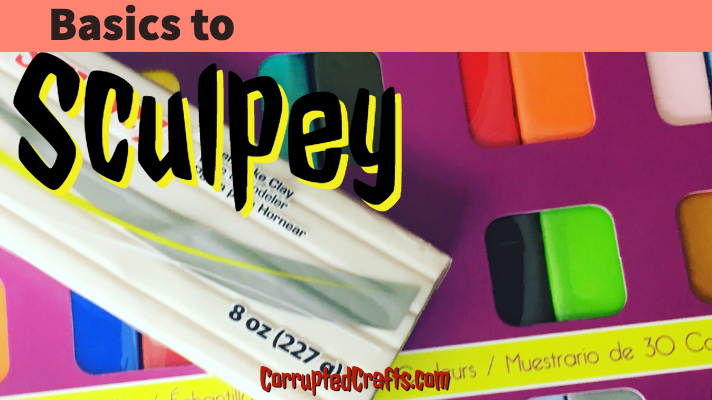Everyone who wants to learn how to work with polymer clay should know a few things and have a few basic tools to help get started.
What you should have in your polymer clay toolkit:
- Dotting tools
- Sculpey sample set to play with
- Sharp blade such as an Exacto
- Multifunction tool with Pliers
- Paddle wire
- Aluminum foil
- Oven
- Superglue
- Rubbing Alcohol
Why Dotting tools are Important for More than Doing Nail Art
When I first started watching polymer clay tutorials, I noticed the main tool most crafter used were these inexpensive little dotting tools with the cool twists inside the acrylic core. Dotting tools are surprisingly durable and multifunctional, for adding small details and eye sockets and rolling out pieces of clay without needing a fancy rolling pin or glass bottle.
The Glory of the Sculpey Sample set
At first you may be tempted to just get the primary colors in the larger blocks of Sculpey to play with instead of buying the bigger package, but trust me, the big package is worth it. The Sculpey sample set has metallic, pastel, normal, and translucent sculpey, and a little goes a long way. Some clays have different textures or are soften a lot more from heat, so this set is great for figuring out your favorites.
Using and Storing your Polymer Clay
Polymer clay is known to melt down some plastics, and thus must be carefully wrapped in the original wrapper before being sealed in an airtight container in reasonable temperatures— never in the hot sun or in extreme heat or cold. If fingerprints are on your polymer clay figure, they can easily be rubbed off before baking using a small amount of rubbing alcohol. Always wash hands before and after use, and keep a paper towel nearby to wipe off the excess clay from your hands before switching colors.
Rules of Baking Sculpey

Sculpey Three always bakes at 275 for no longer than 30 minutes. For bigger polymer clay characters, a foil base is needed, as polymer clay can’t be over ½ inch thick. Pieces not securely attached may break or snap. Wire can be used inside to secure and protect the clay pieces from damage. If a piece breaks during baking, wait until it is fully cooked and secure the piece using super glue.
Extra Info: Making Simple Canes

Polymer clay canes can be very fun and easy. However, there are also some basic rules to making canes and cane slices. Always wait for the cane to cool down before slicing, as your hands warm the clay and the blade will just squish the clay instead of cleanly cutting through. Always use a sharp blade to cut off cane pieces, and always cut before baking. After baking the clay is too hard to work with.

